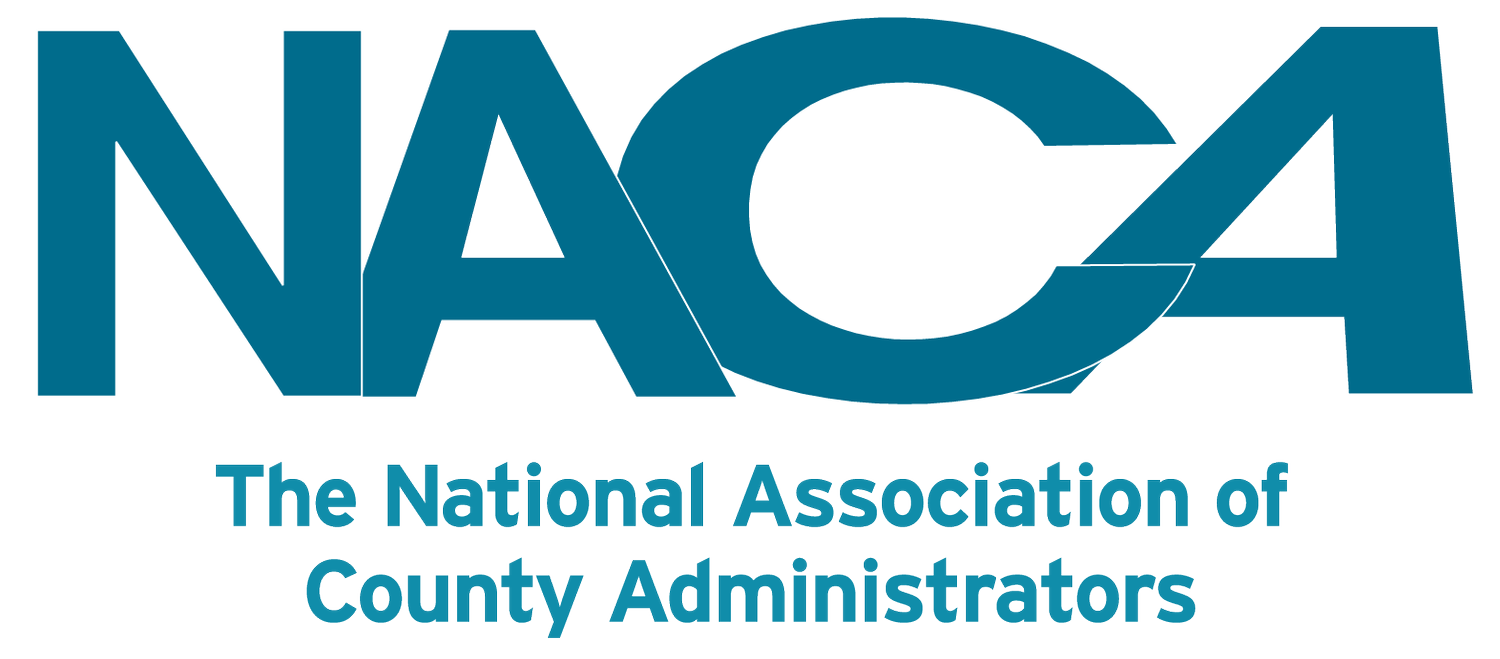Wastewater Plant Modernization: An Untapped Source of Cost Savings for Counties
County administrators across the nation recognize their local wastewater treatment facilities require modernization to keep pace with the demands of the customers they serve. What they may not realize is that counties that undertake major improvement initiatives can achieve dramatic cost savings and possibly even generate new revenue streams.
The American Society of Civil Engineers’ (ASCE’s) 2025 Report Card for America’s Infrastructure gives the nation’s wastewater infrastructure a grade of D+. The study identifies $1.65 trillion in needed investments across drinking water, wastewater, and stormwater systems, but finds that facilities managers expect to spend less than 40% of that amount on critical improvements over the next decade.
County administrators whose wastewater plants have a backlog of needed upgrades and repairs should look at the landscape of opportunities available to them. A partner with deep expertise in utility systems can find efficiency benefits so that, together, the various components of a broad energy program generate a cumulative return on investment (ROI).
Compliance Pressures Are Building
Regulators are gearing up to strengthen waste disposal requirements, creating a window of opportunity to explore modernization options. The U.S. Environmental Protection Agency (EPA) is expected to develop limits in the near future for perfluoroalkyl and polyfluoroalkyl substances (PFAS), and other “forever chemicals” in wastewater facilities’ outputs. These regulations will increase the cost and complexity of biosolids disposal.
Regulations around removing nitrogen and phosphorus from wastewater further complicate the picture. Nutrient-reduction rules are not new, but enforcement is tightening, requiring counties to consider deploying new capabilities.
Resiliency is another pressing need for many wastewater treatment plants. Keeping a county’s wastewater infrastructure running in the event of an electricity grid outage is crucial to resident health and safety. The risk of downtime is growing as the electric grid is strained by load growth and more extreme weather events.
Introducing Cost Efficiency While Meeting Regulatory Requirements
Wastewater treatment plants are increasingly clearing maintenance backlogs and implementing needed improvements by tackling several projects at once. The key is to find projects whose cost savings can fund other upgrades within a broader improvement initiative.
For example, aeration is often a low-hanging fruit for savings in certain types of plants. Pump optimization and LED lighting upgrades can reduce facilities’ energy consumption, while better biosolids handling can dramatically cut the volume of waste requiring landfill disposal. Capturing and utilizing biogas can also generate new revenue streams for some plants.
One more option, which simultaneously cuts costs and boosts resiliency, is a microgrid that combines power generation (either solar and/or biogas cogeneration) with battery energy storage and backup power options. When the utility grid is operating normally, the microgrid reduces the plant’s external electricity needs and eliminates spikes in demand to further reduce electric bills. And when the utility grid goes down, the microgrid can take over, ensuring wastewater treatment operations are not disrupted.
Bringing Infrastructure Improvements to Fruition



West County Wastewater in California’s Bay Area needed to substantially improve its energy efficiency. It also needed to slash its biosolids output because its waste disposal provider was leaving the area and state regulations created obstacles to sending biosolids to the landfill. To meet these needs, the agency partnered with OPTERRA on comprehensive infrastructure improvements.
OPTERRA analyzed the facility, then recommended a list of interrelated upgrades. The program is deploying advanced wastewater treatment equipment, including a new grit separation system and a high-efficiency aeration blower. It will also install efficient lighting, onsite power generation (utilizing the onsite biogas and minimizing flaring) integrated with a microgrid for backup power, and EV charging stations for the facility’s electric trucks. In total, these improvements are expected to generate $83 million in cost savings, substantially reduce the plant’s grid energy demand, and create a new revenue stream through production of Class A biosolids.
Where to Start
To support such an improvement initiative, OPTERRA:
Assesses a facility’s needs and opportunities.
Conducts a financial analysis, estimating cost savings and identifying available grants, incentives, and funding sources.
Designs and implements all aspects of the program, with facility managers’ approval and using their preferred vendors.
Tests and then commissions all systems, ensuring they are working properly.
Engages in community outreach via special events, internships, living labs, STEM curricula, and workforce development.
County leaders who want to reduce wastewater treatment costs should consider leveraging OPTERRA’s decades of expertise. One place to start might be a recent webinar from OPTERRA and the Water Environment Federation that offers a deep dive into the challenges and opportunities wastewater treatment plants are currently facing.
By doing their homework and selecting the right partner, counties can pair quick wins with long-term benefits to build an efficient, resilient, straight-A infrastructure. ENGIE Services U.S. is now OPTERRA Energy Services. OPTERRA partners with public sector stakeholders to meet the unique goals of communities nationwide. Our team customizes projects with top-tier technology to deliver lasting impact, enhancing fiscal savings and community engagement. With over 50 years of experience, we ensure our customers’ long-term success through tailored solutions that support their vision.
And to learn more about how OPTERRA supports wastewater and other infrastructure facilities, please visit: opterraenergy.com
By Thomas Monter, Senior Project Engineer, Water & Wastewater, and Neal Bartek, Microgrids Project Director, OPTERRA Energy Services
